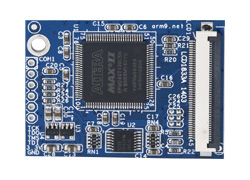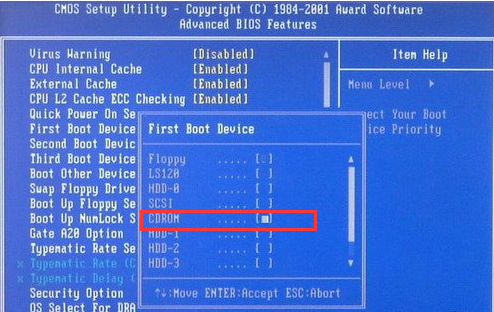PCB Hardware: The Key to Modern Electronics
PCB hardware is the key to modern electronics, providing the foundation for all electronic devices and systems. It consists of printed circuit boards (PCBs) that are designed to support and connect electronic components, such as resistors, capacitors, transistors, and integrated circuits. The PCB hardware industry has grown significantly in recent years, driven by advancements in technology and the rise of consumer electronics. As a result, PCB manufacturers have developed innovative techniques to enhance the performance and reliability of their products. They have also implemented advanced processes to meet the stringent demands of modern electronics, including high-density interconnect (HDI) technology, micro-vias, and ultra-fine lines. The key to success in the PCB hardware industry is staying up to date with the latest trends and innovations, while maintaining a focus on quality and reliability.
PCB hardware, also known as printed circuit boards (PCBs), are essential components of modern electronics. They serve as the backbone of many electronic devices, providing the necessary connections and pathways for current to flow through the device. From smartphones to computers, televisions to radios, PCBs can be found in virtually all electronic equipment.
The history of PCBs dates back to the early 20th century, when they were first used in telephone relay circuits. Since then, PCB technology has evolved significantly, with advancements in materials, manufacturing processes, and design software. Today, PCBs are integral to the functioning of many electronic devices, from wearable technology to space exploration equipment.
PCBs are typically made from a thin sheet of plastic or fiberglass material. These materials provide excellent electrical insulating properties, preventing current from leaking into other parts of the device. On top of these substrates, copper foil is laminated to create the conductive pathways that current will follow. These pathways are then etched into the copper foil using a process called photolithography.

Once the PCB is manufactured, it is then populated with electronic components such as resistors, capacitors, and integrated circuits. These components are connected to the PCB using wire-wrapping, soldering, or other methods. The resulting assembly is then tested to ensure it functions properly before being packaged for sale.
PCBs have a crucial role in modern electronics. They provide a reliable and efficient way to connect electronic components, allowing current to flow through the device as intended. PCBs also help to protect electronic devices from damage caused by electromagnetic interference (EMI) and radio frequency interference (RFI). By isolating the electrical components from these harmful frequencies, PCBs help to ensure the smooth operation of the device.

In addition to their use in consumer electronics, PCBs are also essential in industrial, automotive, and aerospace applications. In these sectors, PCBs are often used in harsh environments where they must withstand high temperatures, moisture, and other adverse conditions. The reliability and performance of these PCBs are crucial to the overall success of these applications.
Moreover, PCBs have facilitated the miniaturization of electronics. By allowing manufacturers to integrate multiple components onto a single board, PCBs have made it possible to create smaller, lighter devices that are easier to use and transport. This has been particularly beneficial in fields like wearable technology and medical devices, where size and weight are critical considerations.

In conclusion, PCB hardware is essential to the functioning of modern electronics. By providing the necessary connections and pathways for current to flow through devices, PCBs have transformed the landscape of electronics manufacturing. From consumer electronics to industrial applications, PCBs have become integral to our modern technology-driven world.
Articles related to the knowledge points of this article:
Chappaqua Hardware: A Closer Look at the Company and Its Products
Title: Exploring the Timeless Elegance of Chanels 19 Black Hardware: A Retrospective Review
NIDS Hardware: Understanding the Components and Their Role in Network Intrusion Detection
HUBB Hardware: Revolutionizing the Future of Technology



